Introduction
Mouth larva, a condition less commonly known as oral myiasis, is a rare but potentially severe medical issue where the larvae of certain fly species infest the oral cavity. This condition predominantly affects people in tropical and subtropical regions, often in environments where hygiene standards are compromised. The presence of mouth larva can lead to significant discomfort, pain, and complications if left untreated. This article delves into the causes, symptoms, and effective treatments for mouth larvae, providing a comprehensive understanding of the condition.
Causes of Mouth Larva
The primary cause of mouth larvae is the infestation of the mouth by larvae, commonly referred to as maggots, from fly species such as the botfly, blowfly, and screw-worm fly. Several factors contribute to the susceptibility of individuals to this condition:
Poor Oral Hygiene
One of the most significant contributors to mouth larvae is poor oral hygiene. Inadequate brushing and flossing can accumulate food particles and plaque, creating an environment conducive to fly infestation. Flies are attracted to the smell of decaying food and organic matter, making individuals with poor oral hygiene more vulnerable.

Open Wounds or Sores
Open wounds, sores, or ulcers in the mouth can serve as entry points for fly larvae. People with compromised immune systems or those suffering from chronic conditions like diabetes are more prone to developing such oral lesions, increasing the risk of infestation.
Environmental Factors
Living conditions play a crucial role in the prevalence of mouth larvae. The likelihood of encountering fly larvae is significantly higher in regions with high fly populations, especially in rural and impoverished areas. Inadequate waste disposal, lack of clean water, and overcrowded living conditions exacerbate the risk.
Compromised Health
Individuals with compromised health, such as those suffering from malnutrition, systemic diseases, or immunosuppressive treatments, are at a higher risk of developing mouth larvae. Their weakened immune response makes it easier for larvae to establish themselves in the oral cavity.
Symptoms of Mouth Larva
Recognizing the symptoms of mouth larvae early is crucial for timely intervention and treatment. The symptoms can vary depending on the extent of the infestation and the type of fly larvae involved. Common symptoms include:
Oral Discomfort and Pain
One of the initial symptoms of mouth larva is persistent discomfort or pain in the mouth. This pain can range from mild irritation to severe, throbbing pain, particularly around the affected area. Eating, drinking, or speaking often exacerbates the pain.
Swelling and Redness
Infestation by larvae leads to inflammation, resulting in noticeable swelling and redness in the affected areas of the mouth. The gums, tongue, and inner cheeks may appear swollen and tender to the touch.
Visible Larvae
In advanced cases, the larvae may become visible to the naked eye. They can be seen wriggling in the affected areas, especially around open sores or wounds. This clearly indicates an active infestation and requires immediate medical attention.
Bad Breath and Unpleasant Taste
The presence of larvae and the associated decay can lead to halitosis or bad breath. Additionally, individuals may experience an unpleasant taste in their mouth due to the excretion and decomposition products of the larvae.
Excessive Salivation and Difficulty Swallowing
The infestation can stimulate excessive salivation, causing drooling. Furthermore, the pain and swelling can make swallowing difficult, leading to additional discomfort and potential nutritional issues.
Diagnosis of Mouth Larva
Diagnosing mouth larvae involves a combination of clinical examination and laboratory tests. A healthcare professional will typically begin by thoroughly examining the oral cavity, looking for visible signs of infestation. In some cases, a biopsy or swab of the affected area may be taken to confirm the presence of larvae under microscopic examination. Imaging studies such as X-rays or CT scans may also be employed to assess the extent of the infestation and any underlying damage.
Effective Treatments for Mouth Larva
Treatment for mouth larvae focuses on removing the larvae and addressing associated complications. The following approaches are commonly used:
Mechanical Removal
One of the primary methods for treating mouth larvae is the mechanical removal of the larvae. This involves physically extracting the larvae from the affected areas using forceps or other medical instruments. A healthcare professional typically performs this procedure under sterile conditions to prevent further infection.
Medication
Medications play a crucial role in treating mouth larvae. Antiparasitic drugs, such as ivermectin, are often prescribed to kill the larvae and prevent further infestation. Additionally, antibiotics may be administered to treat or prevent secondary bacterial infections that can arise from open wounds and larvae.
Surgical Intervention
In severe cases, surgical intervention may be necessary. This involves debriding the affected tissue to remove larvae and necrotic tissue and promote healing. Surgical intervention is usually considered when other treatment methods are ineffective or when there is extensive tissue damage.
Improved Oral Hygiene
Enhancing oral hygiene practices is essential in both treating and preventing mouth larvae. Regular brushing, flossing, and using antiseptic mouthwash can help reduce the risk of infestation. Individuals should also seek regular dental check-ups to identify and address potential issues early.
Addressing Underlying Health Conditions
It is crucial to treat underlying health conditions that may contribute to the susceptibility of mouth larvae. This includes managing chronic illnesses, improving nutritional status, and strengthening the immune system. Addressing these factors can significantly reduce the risk of recurrent infestations.
Prevention of Mouth Larva
Preventing mouth larvae involves a combination of personal hygiene practices and environmental control measures. Key preventive strategies include:
Maintaining Oral Hygiene
Good oral hygiene is the cornerstone of prevention. Regular brushing, flossing, and mouthwash can help keep the oral cavity clean and reduce the risk of infestation. Individuals are also encouraged to maintain routine dental visits for professional cleaning and check-ups.
Protecting Open Wounds
Protect open wounds or sores in the mouth to prevent larvae from entering. This can be achieved by keeping the wounds clean and covered and by avoiding irritants such as spicy or acidic foods that can exacerbate the condition.
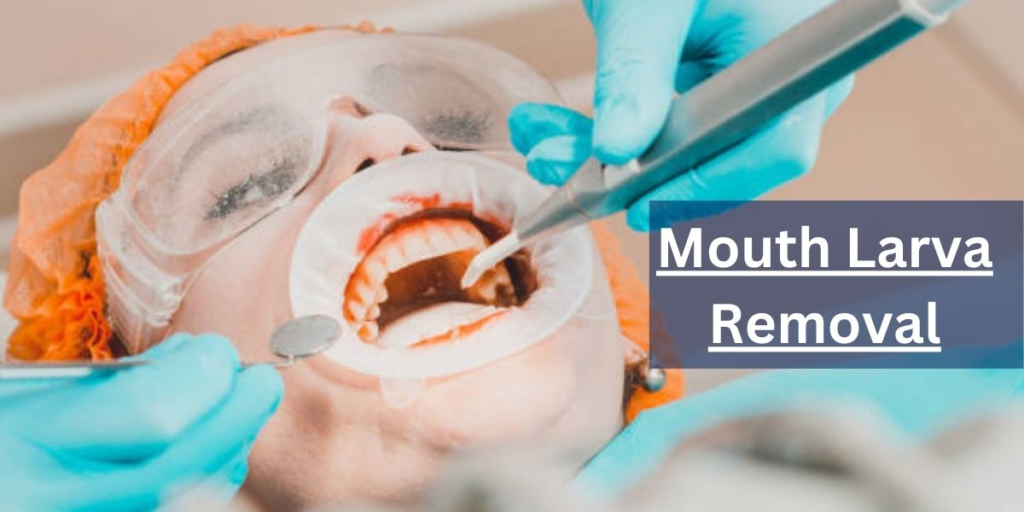
Environmental Hygiene
Improving environmental hygiene can significantly reduce the risk of mouth larvae. Effective strategies include proper waste disposal, ensuring a clean water supply, and reducing fly populations through measures such as insecticide use and fly traps.
Education and Awareness
Raising awareness about mouth larvae and their risk factors is crucial, especially in regions where the condition is more prevalent. Education campaigns can help individuals recognize the early signs of infestation and seek timely medical intervention.
Conclusion
Mouth larva, though rare, is a severe condition that requires prompt medical attention. Understanding the causes, recognizing the symptoms, and seeking effective treatments are essential in managing this condition. Individuals can significantly reduce their risk of developing mouth larvae by maintaining good oral hygiene, protecting against environmental risk factors, and addressing underlying health issues. Early diagnosis and appropriate treatment are crucial in preventing complications and ensuring a full recovery.
Also, Read The Following: hyaline casts in urine.






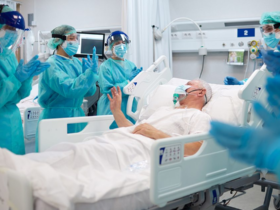




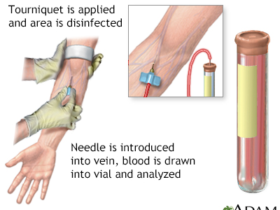

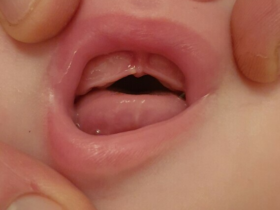
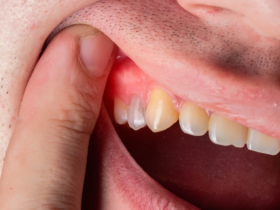
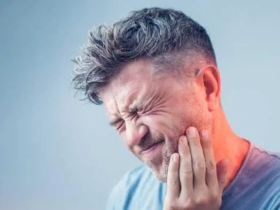
Got a Questions?
Find us on Socials or Contact us and we’ll get back to you as soon as possible.